Abstract: As satellite networks shift toward higher capacity, flexible coverage, and global reliability, advanced satellite communication antennas—especially L-band, Ku-band, and Ka-band systems—are rising to meet the challenge. This article explores how these technologies are reshaping connectivity for network operators, system integrators, and aerospace engineers—and why Novocomms Space is at the forefront of this transformation.
Introduction: The Demand for Resilience and High Capacity in Satellite Comms
From next-generation Low Earth Orbit (LEO) constellations to critical maritime operations, the bar for satellite connectivity is higher than ever before. Today’s network operators and aerospace engineers are tasked with delivering always-on, high-throughput links in environments where failure is not an option. In this landscape, advanced satellite communication antennas are no longer just enhancements—they’re essentials. But what’s driving this revolution? And how do L-band, Ku-band, and Ka-band antennas shape the future of satellite communication?
The Spectrum Advantage: L-band vs. Ku-band vs. Ka-band Antennas
Each frequency band brings its own strengths and trade-offs. L-band antennas (1–2 GHz) are prized for their reliability, providing robust links even in inclement weather—a critical factor for emergency, maritime, and safety-of-life applications. In contrast, Ku-band (12–18 GHz) and Ka-band (26.5–40 GHz) antennas deliver vastly higher bandwidths, enabling ultra-fast data transfer, high-definition streaming, and broad IoT enablement. However, their performance can be more sensitive to weather, requiring careful system integration to achieve global reliability.
The architectural challenge lies in balancing these properties—combining the marathon-runner stamina of L-band with the sprint-speed of Ku/Ka. This “hybrid connectivity” is becoming the de-facto standard for mission-critical SATCOM, as highlighted in 2024 industry analyses.
Industry Insights: Why Advanced Satellite Communication Antennas Are Taking Center Stage
1. The Phased Array Antenna Surge: According to Global Market Insights’ 2024 report, the satellite phased array antenna market is forecast to reach $8.1 billion by 2034. The drive comes from 5G rollouts, the explosion of IoT devices, and massive LEO satellite expansion. Particularly in Japan and the U.S., electronically steered, software-defined antennas are being adopted for everything from disaster response to commercial connectivity, demanding a new level of agility and scalability from antenna systems.
2. The Shift to LEO and Multi-Band Constellations: LEO constellations like Starlink and OneWeb are pivoting industry architecture from regionally focused, single-band GEO platforms to globally networked, multi-band solutions. This shift demands antennas that offer not only high frequency agility but also compactness, rapid tracking, and operational resilience.
3. The Hybrid Model for Always-On Connectivity: Recent maritime sector studies emphasize the need for hybrid systems: using L-band as a lifeline during extreme weather or obstructed views, and relying on Ku/Ka for bandwidth-hungry applications in fair conditions. The lesson is clear: future-proof satellite networks must integrate all three bands, backed by smart antenna design and dynamic resource allocation.
Use Case: Novocomms Space and the Art of Antenna Engineering
At Novocomms Space, we engineer advanced satellite communication antennas for every band and application. Our L-band terminals offer rugged, reliable performance where uptime can mean safety and compliance—used on vessels, aircraft, and remote platforms worldwide. Meanwhile, our Ku/Ka-band flat-panel arrays and electronically steered antennas leverage cutting-edge materials and beamforming algorithms for maximum throughput and adaptability, even in low-profile, power-constrained settings.
Our approach is holistic: we develop antennas, ground terminals, and embedded solutions that not only meet RF benchmarks but also survive real-world integration with satellite modems, software, and harsh environments. Whether supporting LEO tracking or deploying resilient ground stations, Novocomms brings deep expertise in scalable RF design, rapid prototyping, and industry-certified manufacturing.
Engineering Trade-Offs and Innovations: More Than Just Spectral Efficiency
Choosing the right antenna for modern satellite communication isn’t just about maximizing data rates. It’s about understanding system constraints: What happens when a ship sails into a typhoon? Can an aircraft maintain HD video streaming through a thunderstorm? How do terminals stay compact without sacrificing gain or efficiency? These questions shape design from the PCB layout to the radome profile.
Recent innovations include smart switching between bands, adaptive beam steering, and integration with network orchestration tools. At Novocomms, we’re investing in multi-band, software-defined antennas that sense channel conditions and reconfigure instantly—keeping your network up when others go dark.
Why Now? The Broader Market Shift
The evolution in advanced satellite communication antennas is tightly linked to broader market forces. The leap to LEO means more moving targets, denser coverage, and the need for electronically steered arrays. Meanwhile, commercial pressures—from crew welfare apps to autonomous maritime vessels—demand antennas that are smaller, smarter, and scalable from prototyping to volume deployment. The growth trajectory, as seen in both Japan and the U.S., is a testament to these shifting customer demands and the centrality of RF innovation in meeting them.
Conclusion and Call to Action
L-band, Ku-band, and Ka-band antennas represent the backbone of a new era in satellite communication: resilient, high-capacity networks that don’t buckle under real-world pressures. At Novocomms Space, our mission is clear—engineer solutions that perform where it matters most, for network operators, integrators, and aerospace innovators building the next generation of satellite networks.
If you’re reimagining connectivity with advanced satellite communication antennas, contact Novocomms Space today. Let’s solve tomorrow’s challenges, together.
